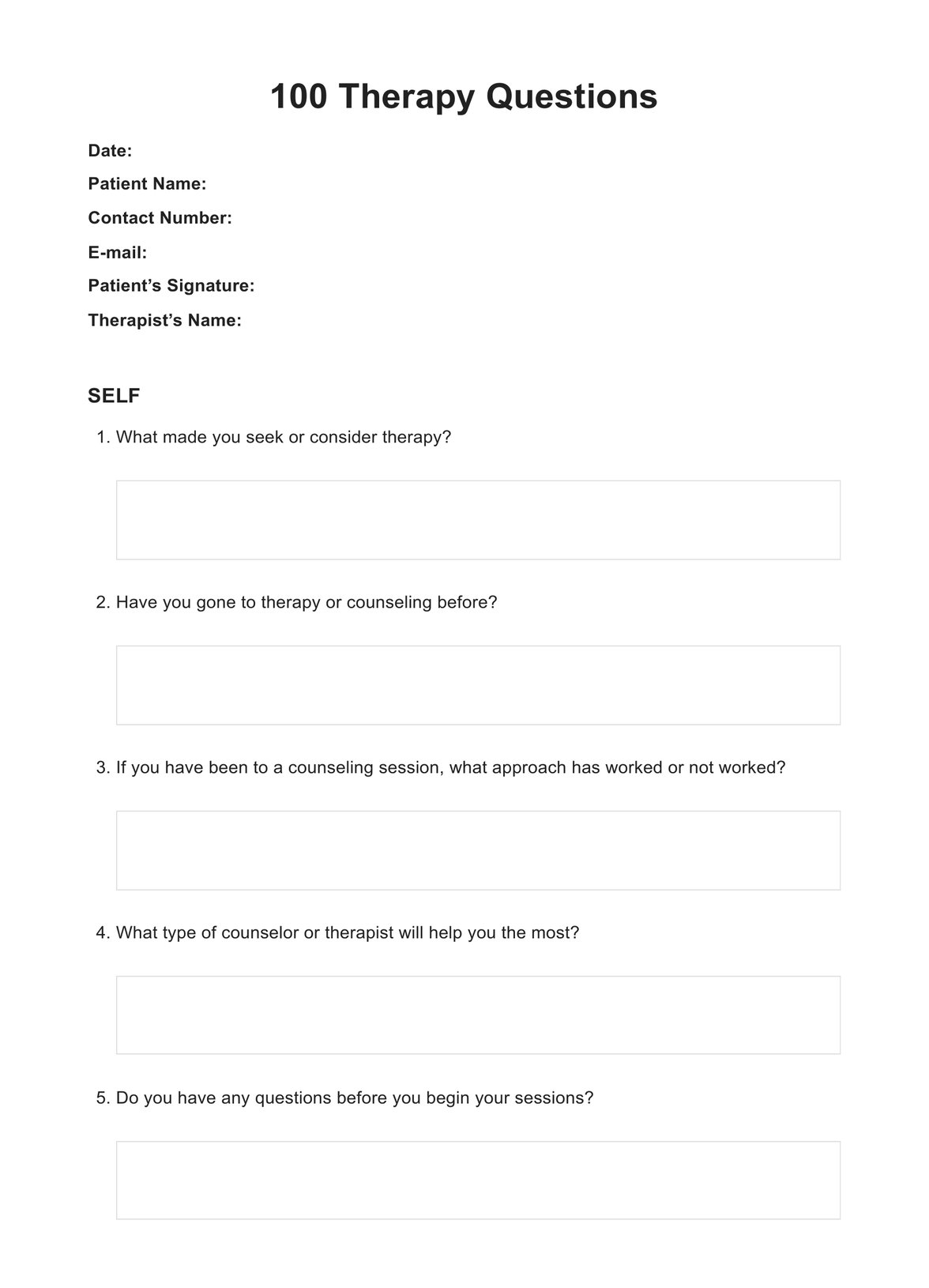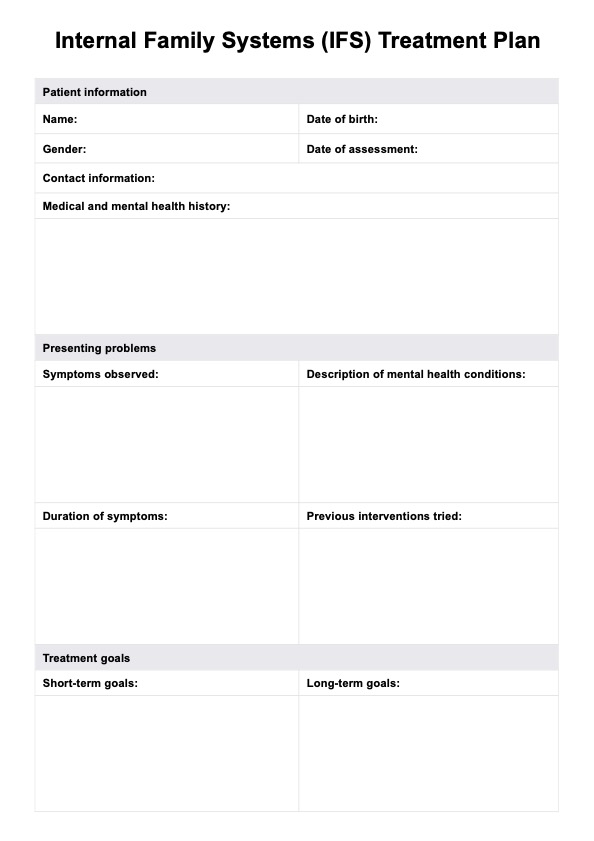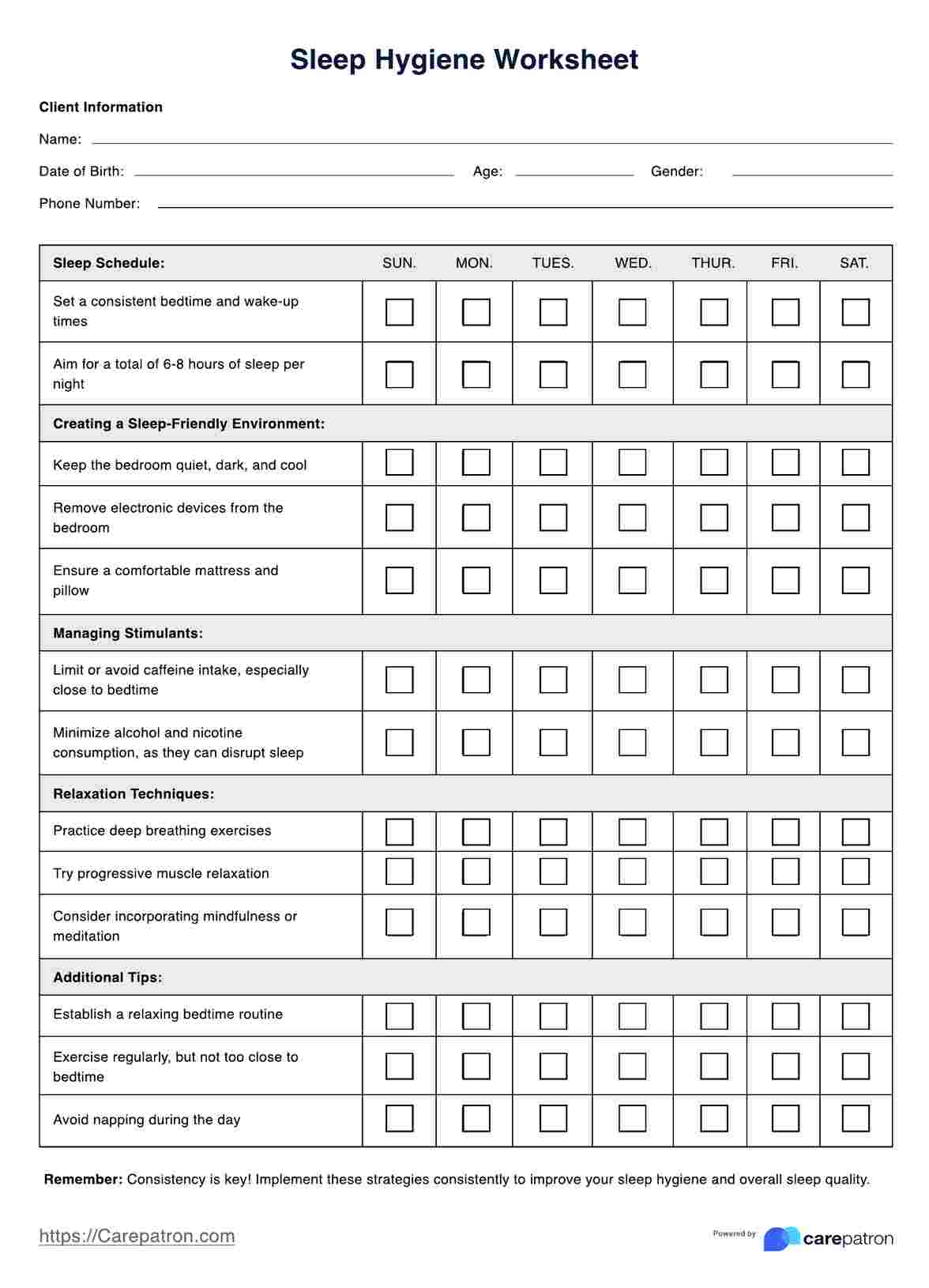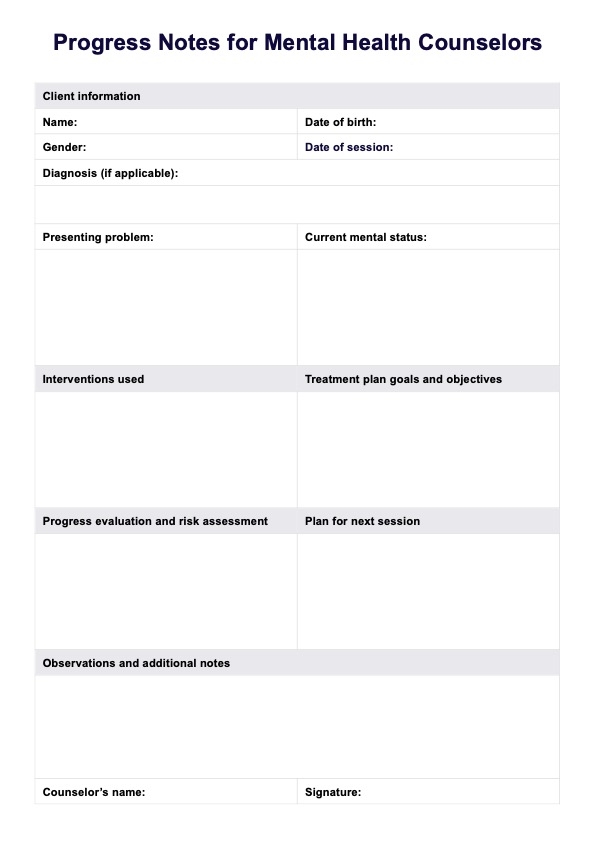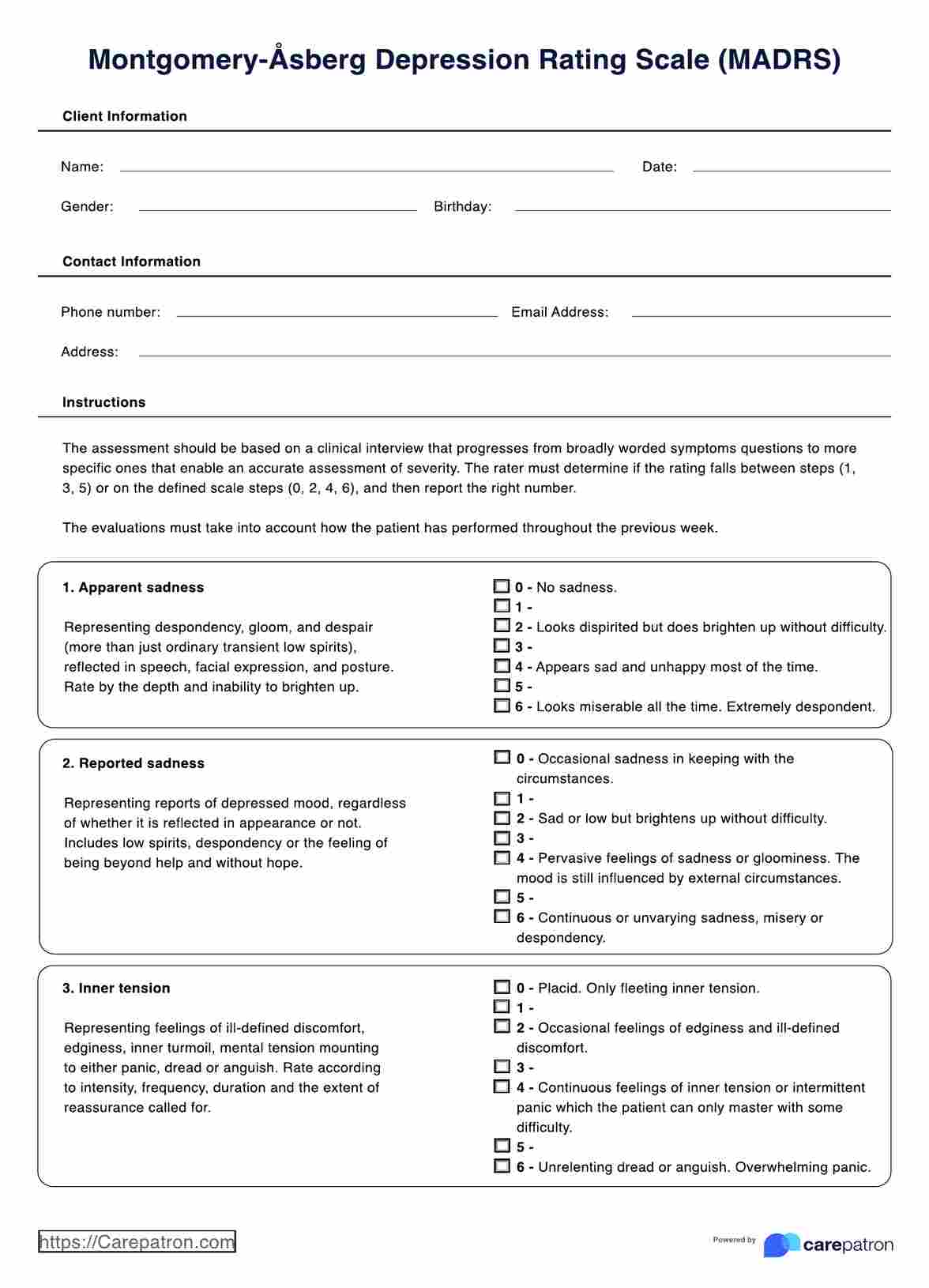Slow Cooking and Slow Eating PTSD Exercise and Worksheets
Help your patient have a healthier relationship with food by teaching them the Slow Cooking and Slow Eating PTSD Exercise using the corresponding worksheet.


What is Trauma and PTSD?
Trauma is any deeply distressing or disturbing experience that negatively affects a person’s coping capability. Traumatic events vary, but some common ones include violence, abuse, accidents, natural disasters, and witnessing one experience trauma. When one witnesses or experiences trauma, they can develop PTSD or Post-traumatic Stress Disorder. The likelihood of them developing such disorder increases if they have a genetic predisposition, have been previously exposed to traumatic events, lack social support, or have brain chemistry imbalances.
manifests itself in multiple ways, like nightmares, intrusive thoughts, flashbacks of the event, adverse changes in moods/thinking patterns, hyperarousal, avoidance of the situation, and heightened vigilance. People experience and exhibit different PTSD symptoms even if they have experienced the same traumatic event.
Treatment of PTSD is usually a combination of medication and therapy. Examples of therapy that a mental health practitioner may use are Cognitive Behavioral Therapy (CBT) and Eye Movement Desensitization and Reprocessing (EMDR). Both are meant to help clients manage their symptoms, process their traumatic experiences, and develop effective coping strategies.
Slow Cooking and Slow Eating PTSD Exercise and Worksheets Template
Slow Cooking and Slow Eating PTSD Exercise and Worksheets Example
How to use the Slow Cooking and Slow Eating PTSD Exercise and Worksheet:
Step One. Access and Download the Template
Access and download the printable and digital version of the “Slow Cooking and Slow Eating PTSD Exercise and Worksheet” template by:
- Clicking the “Download Template” or “Use Template” button or
- Searching for “Slow Cooking and Slow Eating PTSD Exercise and Worksheet” on Carepatron’s template library’s search bar on the app or website.
Step Two. Do the Exercise
Once the client has the worksheet, they can follow the step-by-step guide to cooking and eating slowly.
Step Three. Fill the Template
After the Slow Cooking and Slow Eating exercise, the client must reflect on their experience and answer the questions provided on the worksheet. You must remind the client that they should answer it immediately after eating and assure them that they may answer it however they wish as long as it’s understandable.
Step Four. Discuss
You may discuss the client’s answers so that you have an idea of the effectiveness of the exercise or give tips on how to help with their concern about over or undereating.
Step Five.
The worksheet must be stored at a secure physical location or on Carepatron, a HIPAA-compliant EHR that securely keeps electronic patient records because it contains sensitive information on a client.
When would you use this Slow Cooking and Slow Eating PTSD Exercise and Worksheet?
Clinical social workers, counselors, psychologists, psychiatrists, therapists, or any licensed and experienced mental health professional can use the “Slow Cooking and Slow Eating PTSD Exercise and Worksheet” when their client has any eating-related symptoms or concerns or needs to know how their trauma affects their eating habits. Healthcare professionals may also use the template if their client wants a healthier relationship with food.
As for what specific point in their recovery journey you should give them the worksheet, we’ll leave it up to you and your expertise. After all, you know the client best and can determine if and when the worksheet will be effective.
What are the benefits of using this Slow Cooking and Slow Eating PTSD Exercise and Worksheet?
Improved Self-Awareness
The exercise of slow cooking and eating will require the client to take it slow and notice their food and themselves as they eat. Through this exercise, they will hone their self-awareness skills to complete the exercise effectively.
Positive Habit Forming
Aside from improved self-awareness, the client will learn to form positive habits such as managing eating-related symptoms through slow cooking, slow eating, and writing down that experience until it comes naturally.
Track Progress
You may use the worksheet multiple times to get insight into the client’s condition and track their progress as they form a healthier relationship with food.
Digitally Accessible
Even if our free “Slow Cooking and Slow Eating PTSD Exercise and Worksheet” is a printable file, it’s best used as a digital file that you and your client can access, customize, and complete on a PDF editor or Carepatron on any gadget you have access to. This will make it easier for your client to open the file and answer it as soon as they finish eating to write their experience immediately.
Commonly asked questions
Usually, it can take at least 20 minutes for the client to reflect and answer the “Slow Cooking and Slow Eating PTSD Exercise and Worksheet.” Do note that the duration mentioned excludes the time it took to prepare the food and eat.
The “Slow Cooking and Slow Eating PTSD Exercise and Worksheet” can help clients manage and cope with their eating-related symptoms until they build a healthy relationship with their food. On the other hand, it can help the referring physician know more about the patient through their thoughts and experiences, which is a factor to consider when formulating/changing the client’s treatment plan.
Referring physicians can give the “Slow Cooking and Slow Eating PTSD Exercise and Worksheet” to patients who exhibit/experience eating-related symptoms, are diagnosed with an eating disorder, or want to learn how to have a healthier relationship with food.


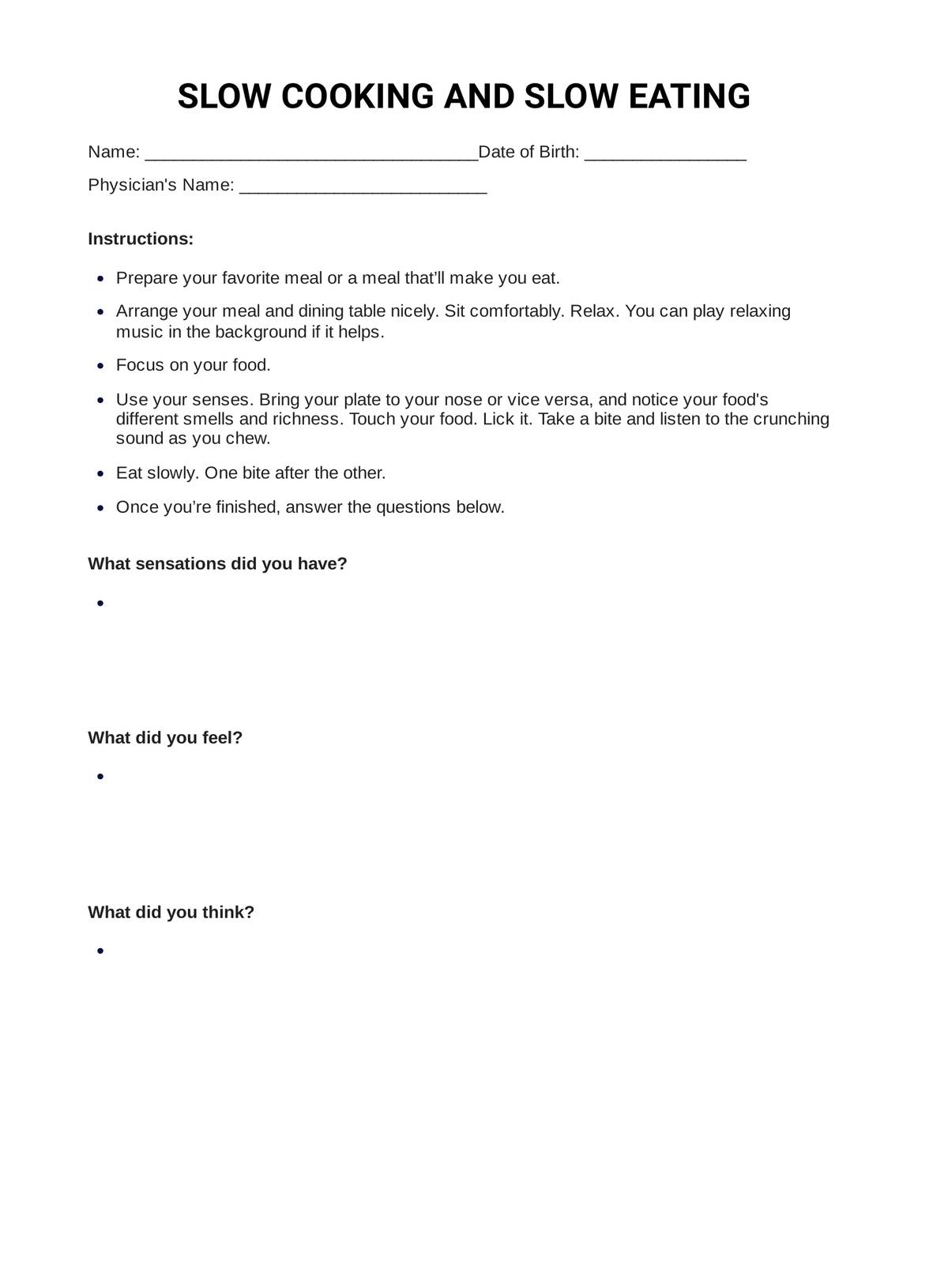


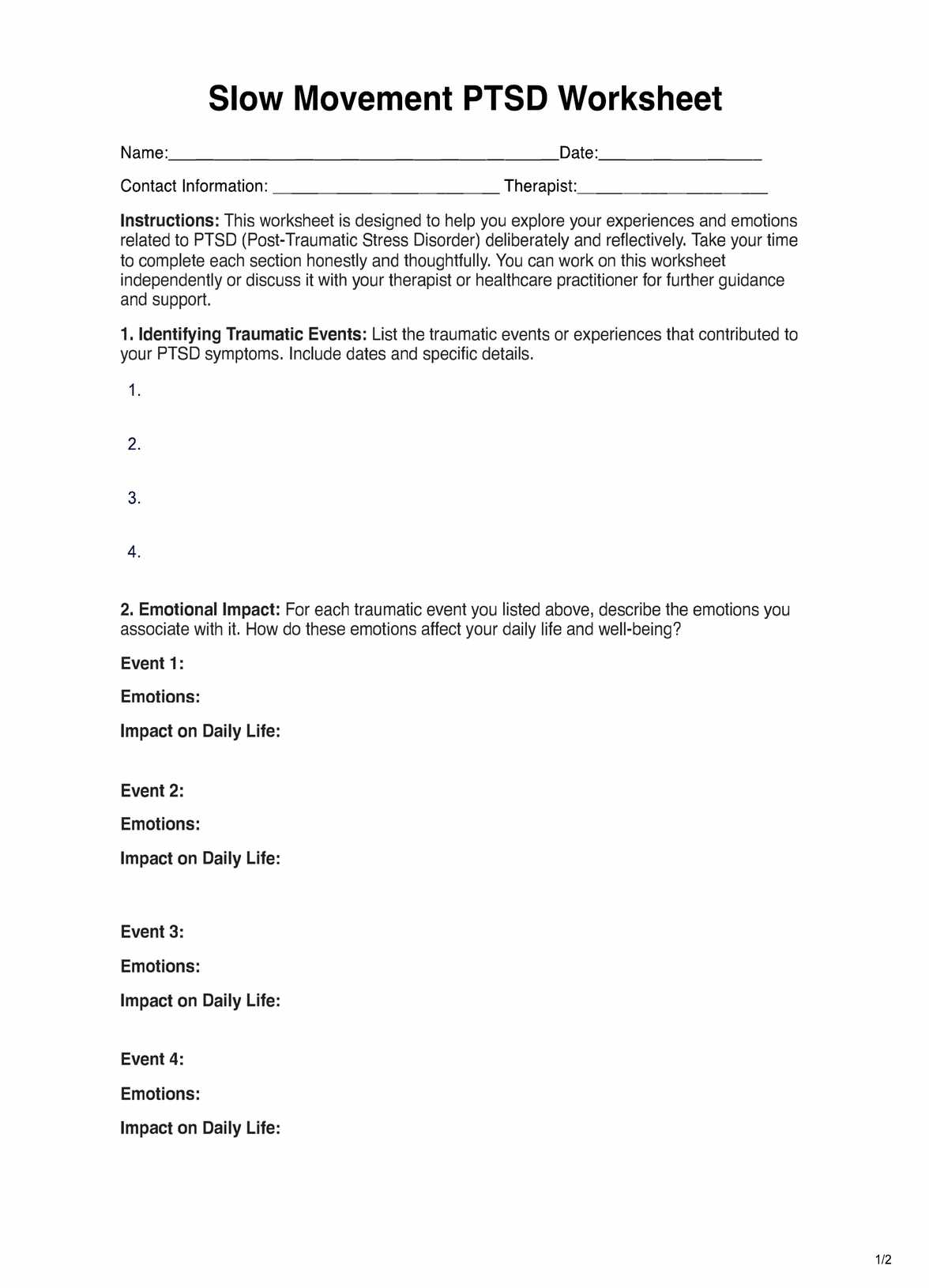














-template.jpg)





















































































